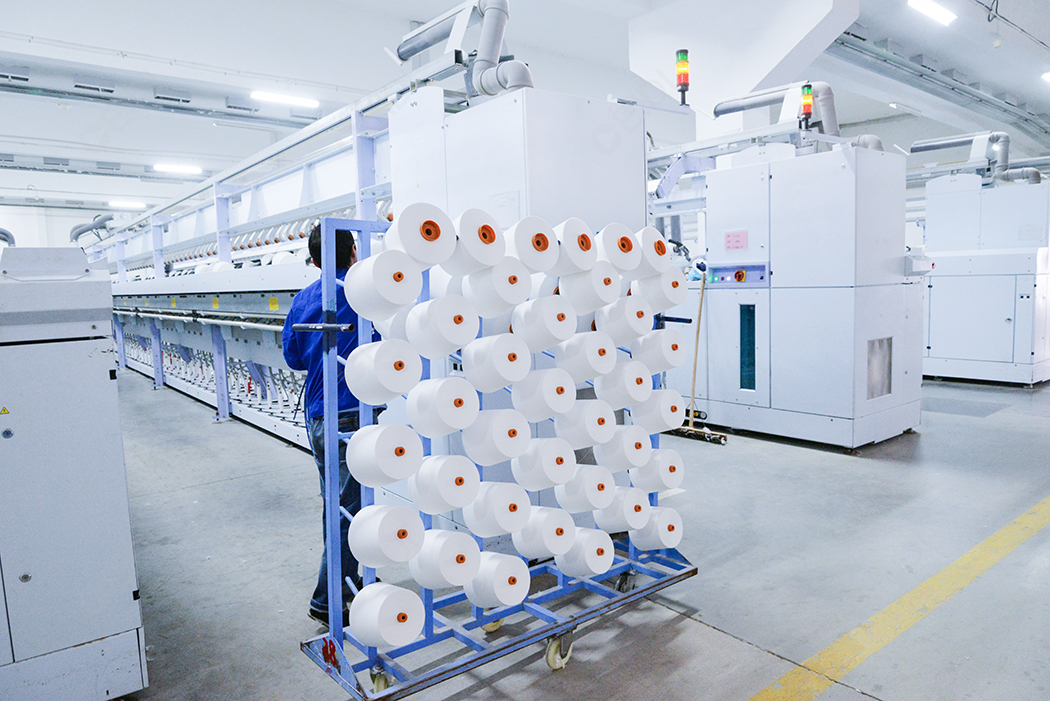Welcome to the official website of Xidi laboratory, the laboratory design and decoration recognize Xidi!
|
|
Home >> News >> Technology
文章出处:Technology|阅读量:1092|发表时间:2021-05-13
The concept of dust-free workshop has played a positive role in ensuring product quality, improving production efficiency and improving the air quality of the production environment for manufacturing enterprises. Let’s take a textile company as an example. Due to its technological factors, various production procedures, such as blending, wool selection, soft linen, opening and carding, will emit a large amount of dust. Some spinning equipment uses air-flow conveying in the processing process. And agglomerating fibers or removing waste materials will also emit a large amount of dusty air. According to relevant statistics, a 50,000-spindle cotton spinning mill has an exhaust air volume of more than 120,000 m3/hour only when the cleaning machine is opened. But if it is just a garment manufacturer, the physical damage of dust in its production workshop will be relatively lower than that of a textile factory.

In addition, textile production factories will also have more demands for laboratory testing, and many types of experimental function rooms will be involved in the construction of laboratories. Different test items and standards require different experimental environments and conditions. In the construction of the laboratory, the requirements of the corresponding standard methods in each test item must be fully considered. Textile testing includes physical safety testing, chemical ecological safety testing and textile fiber composition analysis. Breaking down, the testing items are roughly divided into: fabric physical performance testing, quantitative testing, color fastness testing, stability testing after washing, flammability testing, chemical ecological safety testing, chemical testing such as formaldehyde and heavy metals.
On the issue of planning and zoning, take the larger garment production workshop as an example. The functional areas involved are: office, data room, sample room, sample preparation room, constant temperature and humidity laboratory, washing room, sun drying room, hanging drying Room, dark room, combustion chamber, composition analysis room, balance room, storage room, pre-processing room, instrument analysis room, cleaning room. In fact, it is very simple, basically consisting of ordinary non-clean areas and physical and chemical laboratories. However, in the actual implementation of the project, not all workshops need to be subdivided in this way. The designers of CEIDI will consider combining some areas according to the production process and capital investment of the company (for example, the sample preparation room and the sampling room can be combined, and the cleaning room can be Incorporated into the pre-processing room, etc.). Ensure reasonable human logistics routes, avoid detours, and rationally arrange functional rooms for the purpose of energy saving, so as to reduce the consumption of air-conditioning, pipelines, building materials, etc.
Configuration parameters of testing area of textile physics laboratory:
1.Power supply: three-phase four-wire, power supply voltage 220×(1±10%)V, power supply frequency 50Hz
2.Water source: 2×105Pa
3.Ambient temperature: 0℃-40℃
4.Relative humidity: not more than 90%
5.Continuous working time: not less than 8h
6.The combustion chamber must have ventilation, the washing room must be equipped with inlet and outlet water, and the dark room must be protected from light.
Key points for the construction of textile chemistry experiment testing area:
1.The chemical experiment area must have exhaust facilities, independent exhaust cabinets, and separate organic and inorganic pre-treatment;
2.Walls, floors, laboratory benches, reagent cabinets, etc. should be insulated, heat-resistant, acid- and alkali-resistant, and resistant to organic solvent corrosion. The countertops in the laboratory should be easy to clean, moderate in color, load-bearing and wear-resistant;
3.There should be a floor drain on the ground to prevent backflow.
4.In experimental areas with more acid and alkali, emergency showers and eyewashing devices are installed in the corridors.
5.The indoor environment of the instrument analysis room is relatively high, and needs to consider the requirements of temperature and humidity control, dustproof, exhaust, air supply, gas supply, and shockproof.
The construction of textile-type dust-free workshops, from early design to mid-term decoration and construction, any link in the process will slow down the progress of the project and affect the quality of the construction. Professional clean engineering EPC companies will better understand how to control time nodes throughout the process and create landmark projects.